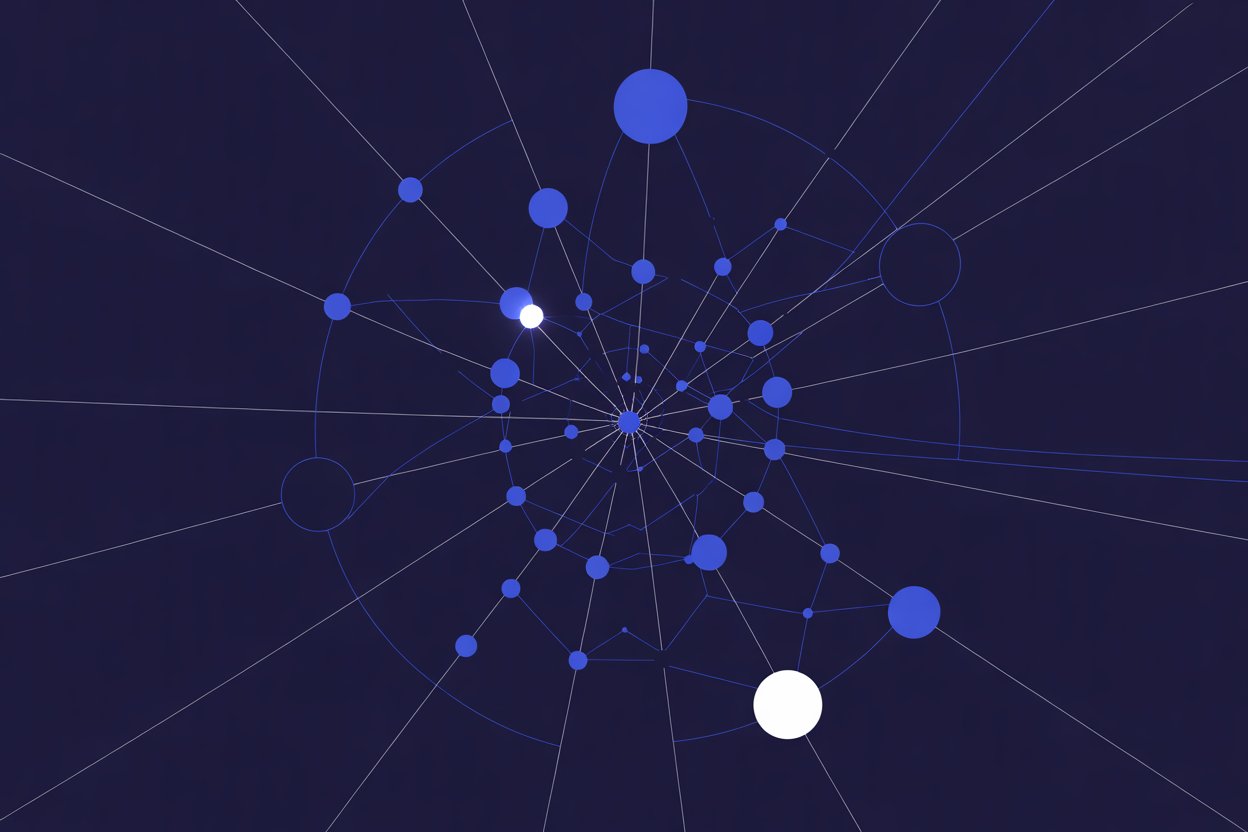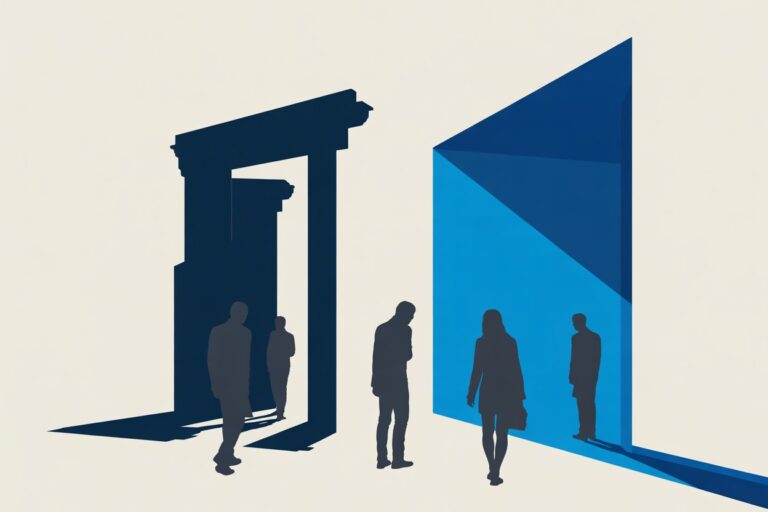Berkeley Law Study Examines How AI Can Narrow the Justice Gap Thanks to Efficiency Gains
Ninety percent of legal aid lawyers reported increased productivity after using AI tools for just two months, but only when they received proper training. A groundbreaking Berkeley Law field study reveals that generative AI could help close America’s massive justice gap, where 92 percent of low-income legal needs go unmet. The catch? Without equal access and structured support, the technology risks widening the very inequities it promises to solve.
Testing AI in the Trenches
Conducted in the fall of 2023, the Berkeley experiment was the first structured attempt by a U.S. law school to measure how generative AI performs in the realities of legal aid. Participants were drawn from across the public-interest bar, including those working on eviction defense, immigration petitions, family law, and veterans’ claims. For up to two months they used commercial AI tools to complete real client work. Half the group received extra support through peer sessions and guided training. The other half did not. What emerged was a portrait of technology meeting human need under field conditions, not lab simulations.
The paper was authored by Colleen V. Chien and Miriam Kim, both affiliated with the University of California, Berkeley School of Law (Berkeley Law), and published in the Loyola of Los Angeles Law Review (Vol. 57, 2025) under the title “Generative AI and Legal Aid: Results from a Field Study and 100 Use Cases to Bridge the Access to Justice Gap.”
The study’s design was intentionally pragmatic. Rather than treating AI as an abstract efficiency engine, it asked a human question: could these tools make public-interest lawyers more effective, less exhausted, and better able to reach underserved clients? The answers depended less on code and more on context. Lawyers who received structured guidance adopted AI faster, trusted it more, and found better ways to integrate it into daily work. The lesson was unmistakable: implementation matters as much as innovation.
Augmentation, Not Automation
What distinguishes the Berkeley study from most commentary is its refusal to cast AI as a binary of threat or salvation. The researchers framed generative tools as a layer of augmentation, not automation. When applied to repetitive or lower-risk work such as drafting form letters, summarizing records, translating documents, or preparing intake materials, the technology allowed lawyers to reclaim time for judgment, empathy, and advocacy. It turned routine writing into a launch pad rather than a burden.
The productivity gains were tangible. Participants reported an average 50 percent increase in efficiency for lower-risk tasks, transforming work that once consumed hours into minutes. Document summarization, translation from legal terminology into plain language, and generating first drafts of routine correspondence emerged as the highest-value applications. Yet these gains came with an important caveat: even as lawyers worked faster, their concerns about accuracy, confidentiality, and ethical responsibilities remained unchanged or intensified.
Equally revealing was what AI could not yet do. Complex legal analysis, motion practice, and citation-driven argument still demanded the precision of human authorship. The study’s participants discovered that the boundary between help and hazard lies in task selection. Generative AI thrives when given structured inputs and clear guardrails. It falters when asked to reason without them. The insight reframes legal competence in the AI era: mastery now includes knowing when not to delegate.
Bridging Gaps, Not Deepening Them
One of the most important findings was social rather than technical. At the start of the study, female legal-aid lawyers, the majority of the profession’s public-interest workforce, were markedly less likely to experiment with AI tools. After targeted onboarding and shared learning, that gap disappeared. Equal exposure produced equal confidence. The pattern suggests that access barriers in legal technology are cultural, not innate. Remove stigma and provide guidance, and adoption normalizes quickly.
This has profound implications for legal institutions. Equity in technological capacity cannot be assumed to emerge organically. It must be built through deliberate outreach, inclusive training, and affordable licensing. Otherwise, AI risks replicating the same inequities it promises to solve. The Berkeley findings position gender parity in technology use not as a side note, but as a metric of justice itself.
The Concierge Effect
The most subtle yet powerful insight was how much environment shapes outcomes. The subset of lawyers who received what the study called “concierge support,” including office hours, shared prompts, and peer examples, achieved stronger results across every measure of satisfaction and adoption. Structured mentorship bridged the gap between experimentation and expertise. It turned AI from an isolated tool into a shared professional practice.
The study’s examples read like a catalogue of quiet revolutions. Attorneys used AI to draft reasonable-accommodation letters, compose cease-and-desist notices, translate communications for non-English speakers, and generate plain-language explanations of complex doctrines. Directors of legal aid nonprofits automated forms using no-code tools. Others produced policy briefs, grant proposals, and community-education materials. None of these activities replace lawyers; they expand what limited resources can reach.
More striking is the mindset shift these applications represent. Lawyers began treating AI not as a threat to craftsmanship but as an assistant that lowers cognitive overhead. The study’s participants found that by focusing on lower-risk, text-heavy work, they could manage ethical concerns about confidentiality and accuracy while gaining meaningful efficiency. In essence, they built a human-in-the-loop model by instinct: anonymizing data, verifying every output, and using AI as a sparring partner rather than a ghostwriter.
Yet this balancing act revealed an underlying tension. Even as 75 percent of participants indicated they would continue using AI tools, over 70 percent reported being just as concerned or more concerned about the technology after the pilot than before. The paradox speaks to a fundamental trade-off: lawyers were not abandoning their ethical vigilance in exchange for speed, but rather accepting that heightened productivity in certain domains requires sustained attention to risk in others. What emerged was not comfort with AI, but calibrated confidence in specific, supervised applications.
For the legal profession, this suggests a model of diffusion that echoes continuing education. Firms and bar associations can create low-risk sandboxes where attorneys experiment collectively, learn the limits of the tools, and compare results. In this framework, AI literacy becomes part of professional supervision, not a private gamble by overworked staff. The Berkeley data make a simple argument: competence in the age of generative AI grows through community, not isolation.
Building an Infrastructure of Inclusion
The researchers recommend a practical architecture for scaling what worked in the pilot. A national technology help desk for legal aid could centralize training, risk mitigation, and troubleshooting. A standing community of practice could standardize prompt libraries and share anonymized templates. Volunteer engineers and law students, the so-called “Tech Bono” corps, could embed directly with legal nonprofits, helping them design responsible workflows without diverting scarce funding.
Each of these proposals shares a common premise: technological capacity in the justice system cannot depend on market forces alone. Pro bono and public-interest models that once democratized representation must now extend to digital competence. The justice gap is not only a shortage of lawyers; it is a shortage of systems that let lawyers serve more people safely and effectively. The Berkeley study’s blueprint offers a way to build those systems without eroding professional accountability.
Equally forward-looking is the study’s call for regulatory experimentation. Utah’s sandbox for innovative legal services and Arizona’s community-based justice worker model both provide precedents for supervised flexibility. Extending those frameworks to cover certified “legal-aid bots” could create a trustworthy channel for consumer-facing AI tools. Certification programs overseen by bar authorities would verify that automated systems meet baseline standards of accuracy, privacy, and transparency before deployment to the public.
Such programs would shift the conversation from fear to verification. Instead of debating whether AI should participate in legal service delivery, regulators could focus on how to evaluate its performance. For legal technologists, a seal of approval would clarify expectations; for clients, it would build confidence. In this way, regulation becomes an instrument of legitimacy rather than constraint.
From Pilot to Policy
Perhaps the most revealing outcome of the Berkeley project is its pragmatism. Lawyers who used AI did not abandon skepticism. Most remained concerned about confidentiality, bias, and error, yet continued using the tools because the gains were tangible and the risks manageable. They learned to anonymize data, verify citations, and confine AI to tasks where human oversight could catch mistakes. What emerged was a new kind of professional literacy: fluency not in coding, but in calibration.
This mindset may define the next phase of AI governance in law. Effective oversight begins not in legislation but in the habits of daily practice, habits shaped by experiments like Berkeley’s. The field study reframes the role of AI from disruptor to collaborator, from opaque algorithm to transparent assistant. In doing so, it sketches an attainable vision of technology that expands legal capacity without diluting ethical duty.
Replicating this model will require more than enthusiasm. Funding agencies and technology vendors must formalize access programs for nonprofits, mirroring existing pro bono initiatives in discovery and e-filing platforms. State bars can integrate AI competence into professional standards. Law schools can transform clinical programs into living laboratories where students learn to pair generative tools with human judgment. If implemented coherently, these steps could turn the Berkeley pilot from a case study into a national framework.
The field study was conducted in fall 2023 with 91 legal aid professionals who received access to paid AI tools including ChatGPT-4, Gavel’s document automation platform, and Casetext’s CoCounsel (now part of Thomson Reuters). While these participants represented a self-selecting group with potentially greater interest in technology adoption, the findings offer valuable insights into real-world implementation challenges and opportunities. The study’s relatively short duration (up to two months) and California focus suggest that longer-term studies across diverse jurisdictions would provide additional perspective on sustained AI adoption in legal aid settings.
Generative AI will not eliminate the justice gap, but it can narrow it. The Berkeley field study demonstrates that the path to meaningful reform lies less in building new technologies than in cultivating new forms of collaboration. When lawyers and machines learn together, the system gains capacity without losing conscience, and that may be the most consequential form of access to justice yet imagined.
Sources
- Colleen V. Chien & Miriam Kim, “Generative AI and Legal Aid: Results from a Field Study and 100 Use Cases to Bridge the Access to Justice Gap,” 57 Loyola of Los Angeles Law Review 903 (2025)
- Everlaw for Good
- Gavel
- Legal Services Corporation
- OpenAI
- Pro Bono Institute: “Bridging the Justice Gap in Legal Deserts – Community Justice Workers and Legal Advocates in Arizona” (May 13, 2025)
- Rasa Legal
- Relativity Justice for Change
- Rentervention
- Thomson Reuters CoCounsel
- Utah Supreme Court Office of Legal Services Innovation
- Visalaw.AI
This article was prepared for educational and informational purposes only. It does not constitute legal advice and should not be relied upon as such. All cases, sanctions, and sources cited are publicly available through court filings and reputable media outlets. Readers should consult professional counsel for specific legal or compliance questions related to AI use.
See also: Can Machines Be Taught to Obey Laws They Can’t Understand?







